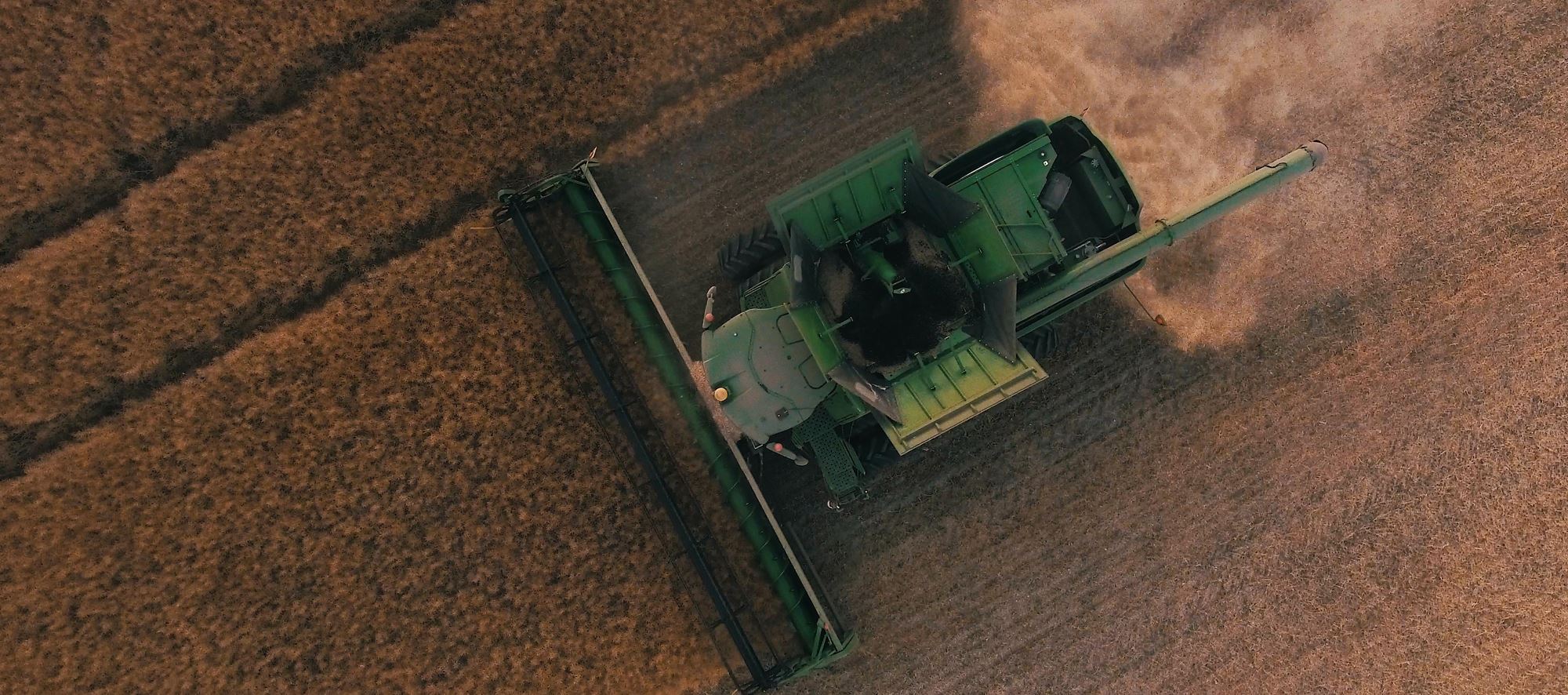

News
Machinery is a necessary expense that can have major implications on taxes, labor and financing decisions. And, because every farm is different, it can be difficult to measure the true costs associated with an equipment investment.
“Managing machinery is a tremendous balancing act between timeliness and the capital required to complete farm operations,” says Dr. Brent Gloy, a farmer and economist specializing in agricultural finance and business management.
“For example, hiring custom harvesting can change your machinery investment profile significantly by reducing your harvest equipment needs, but that also means you don’t have as much control over when the work is completed or how the job is done,” he says. “There are many trade-offs to consider.”
Current economic conditions often shape which trade-offs make the most financial sense for an operation. This is especially true when deciding to invest in equipment and when to delay a purchase.
“In the early 2000s, there was a big increase in total farm capital expenditures – from about $30 billion annually to $50 billion – during the farm expansion period. So there have been points in history when producers were able to make large equipment purchases, and lean times, like what we’ve been facing the last few years, where they have deferred some of those investments,” says David Widmar, an agricultural economist focused on trends and data driven insights.
No matter the economic environment, it is important to know your equipment costs, have a capital expenditure plan to optimize your machinery line-up and secure the right financing.
Calculating equipment costs
“A good place to start is tracking and monitoring your machinery expenses per dollar of gross revenue,” Widmar advises. “This is a really helpful way for you to think about how much revenue you are generating on your farm and how much of that is being devoted toward machinery expenses.”
As a rule of thumb, Widmar recommends keeping machinery expenses below 25% of annual gross revenue.
“Anything between 25% to 30% or above that benchmark should throw up some caution as to what portion of your annual revenue is being consumed by machinery, especially if it is being sustained at that level over multiple years,” he says. “However, we except this number to vary across farms.”
Another tip for calculating equipment costs: Track what economic textbooks call the DIRTI 5, an acronym that stands for depreciation, interest, repairs, taxes and insurance.
Widmar and Gloy add it is also important to consider the net costs of custom hire, an activity that can be viewed from both the perspective of generating additional revenue, or as an acquired service.
“Because economic depreciation, repairs and custom hire are three annual equipment costs that are easier to track from year to year, we recommend keeping a close eye on those expenses as you measure and monitor your machinery investments over time,” Widmar says.
Creating a capital expenditure plan
One of the most important decisions that producers make is how to deploy their financial resources. Widmar and Gloy recommend creating a capital expenditure plan that includes short- and long-term machinery purchases.
“Start simple by asking yourself what equipment you need to replace and how much it will cost to make those upgrades,” Widmar says. “Once you have that number, you can plug it into your crop budget and start mapping out capital expenditures for multiple years.”
A producer might focus on tractors one year, followed by upgrades to harvest or tillage equipment two or three years later. Over the span of five to 10 years, this producer might add large capital expenditure items, such as pivot irrigators, grain bins or livestock barns.
“A capital expenditure plan helps you put all of these pieces together,” says Widmar. “It also helps you match your annual expectations and costs with your budget and allows you to think about how you can move your annual projections around so you can streamline your spending.”
Securing the right financing
As the costs of owning and operating machinery continue to rise, it becomes easier to fall into accelerated depreciation and debt traps. That’s why it’s important to secure the right financing when it comes to making machinery purchases.
“Thanks to our partnership with Farm Credit System associations across the country, AgDirect has an in-depth understanding of producer’s capital needs and the flexibility to structure deals that make them more effective and productive without hurting their bottom-line,” says Ryan Kruger, AgDirect territory manager in Idaho and Utah.
“Rather than trying to sell a producer a piece of iron, our ability to finance any color of equipment allows us to focus on finding the terms and payment structures that meets their budget,” he says. “We have a variety of financing tools and loan and lease programs to maximize their purchase at the dealership, auction or private party transaction.”
Kruger also reminds producers of the importance of working with an accountant or trusted financial advisor to ensure the terms of a loan or lease agreement align with their operation’s financial goals. This is especially important at year-end when dealer discounts and tax incentives are taken into consideration.



